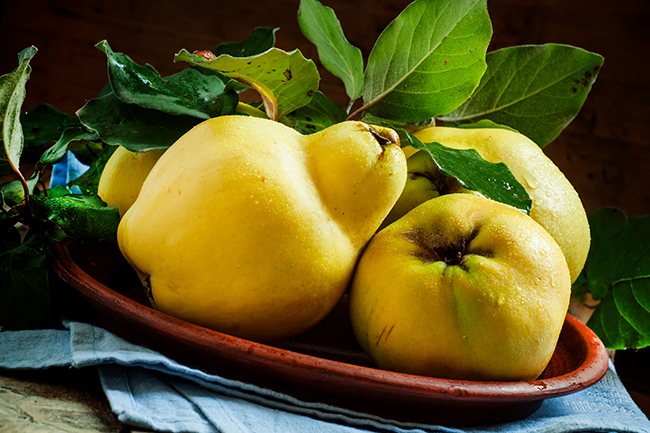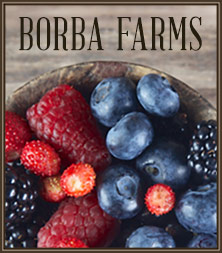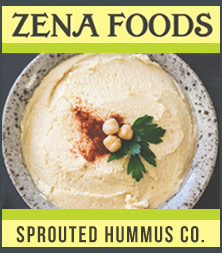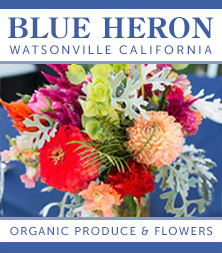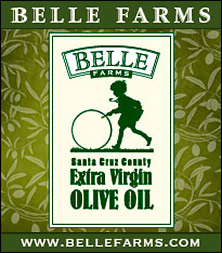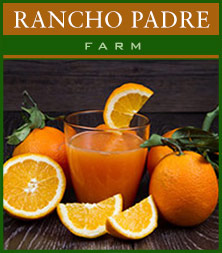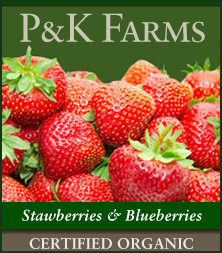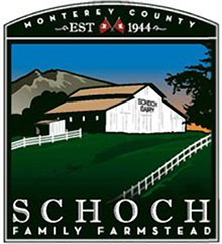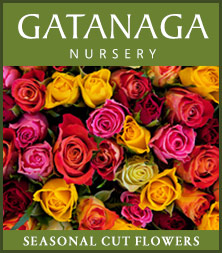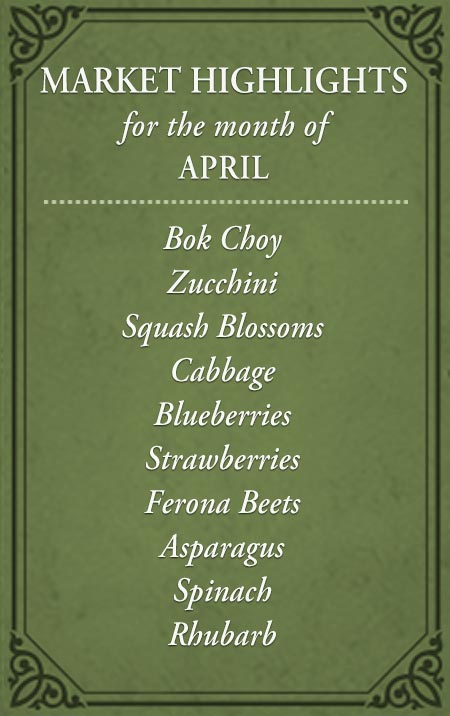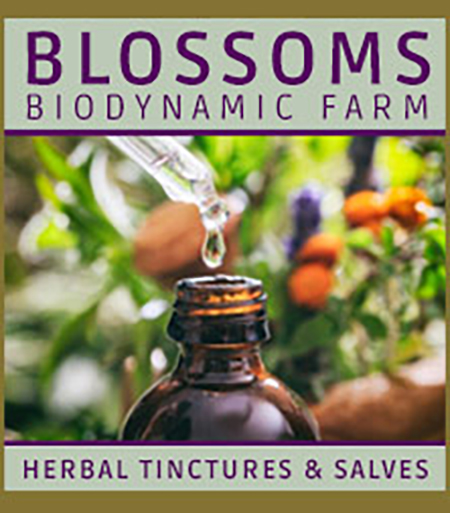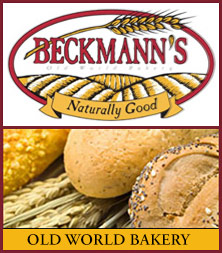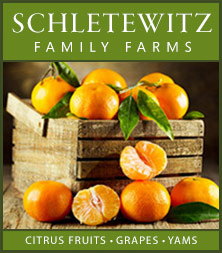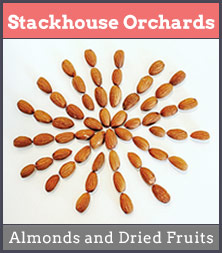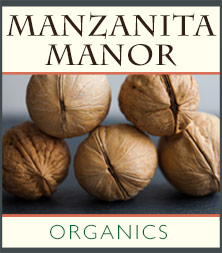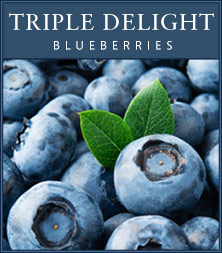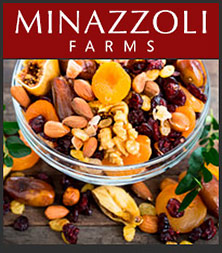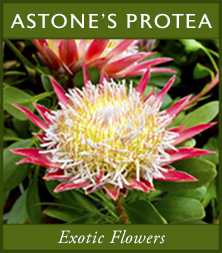Quince is a fruit with stories to tell. Long before apples became the familiar symbol of temptation, quince was believed to be the real “forbidden fruit” of the Garden of Eden. In Greek mythology, it was linked to Aphrodite, the goddess of love, and many believe the “golden apple” Paris gave her was actually a quince. In ancient wedding traditions, quince symbolized love, commitment, and fertility — a sweet beginning for newlyweds.
Quince looks a little like a large, fuzzy lemon and, eaten raw, it’s hard, tart, and mouth-puckering. But once cooked, quince transforms — becoming soft, fragrant, and sweet, with a heady perfume that fills the kitchen. That magical change has made quince a favorite for centuries in Spain, France, Portugal, and beyond, where it often finds its way into jellies, jams, and traditional desserts.
Quince has even more surprising uses around the world. In Argentina, it’s used in hair gel products. In the Middle East, its seeds are valued for soothing coughs. And in the U.S., quince rootstock is sometimes grafted onto pear trees to boost fruit production without changing the pears’ flavor.
In the Kitchen
Modern quince resembles a cross between an apple and a pear, with golden-yellow skin and a tropical, floral fragrance when ripe. Inside, it’s firm and astringent — but after cooking, it turns a lovely pinkish-red and develops a flavor that’s both sweet and tangy.
Because quince is naturally high in pectin, it’s perfect for making marmalades, jams, and jellies without any added thickeners. It also pairs beautifully with apples in pies, or alongside savory foods — try it with lamb, duck, turkey, or pork. In Greece, quince is often cooked with meat for a comforting, aromatic dish.
One of the easiest ways to enjoy quince is by poaching. Peel, core, and quarter the fruit, then simmer in water with honey, sugar, and warming spices for about 30–40 minutes. The fruit becomes tender, and the syrup is just as delicious spooned over yogurt, ice cream, or pancakes.
How to Choose and Store
When shopping, look for bright yellow fruits without green patches or bruises. Handle them gently — ripe quince bruises easily. Store whole fruits in a plastic bag in the fridge, where they’ll last up to two months. Once cut, however, quince oxidizes quickly, so use it right away.
Each serving of quince has around 50 calories, along with vitamin C, iron, calcium, and plenty of dietary fiber — not bad for a fruit that feels like a treat!
Where to Find Quince
You’ll often find it our farmers’ markets in the fall and early winter, before the first frost. Look for quince at Borba Family Farms and Brokaw Ranch.
RECIPES: Click here for quince recipes.


